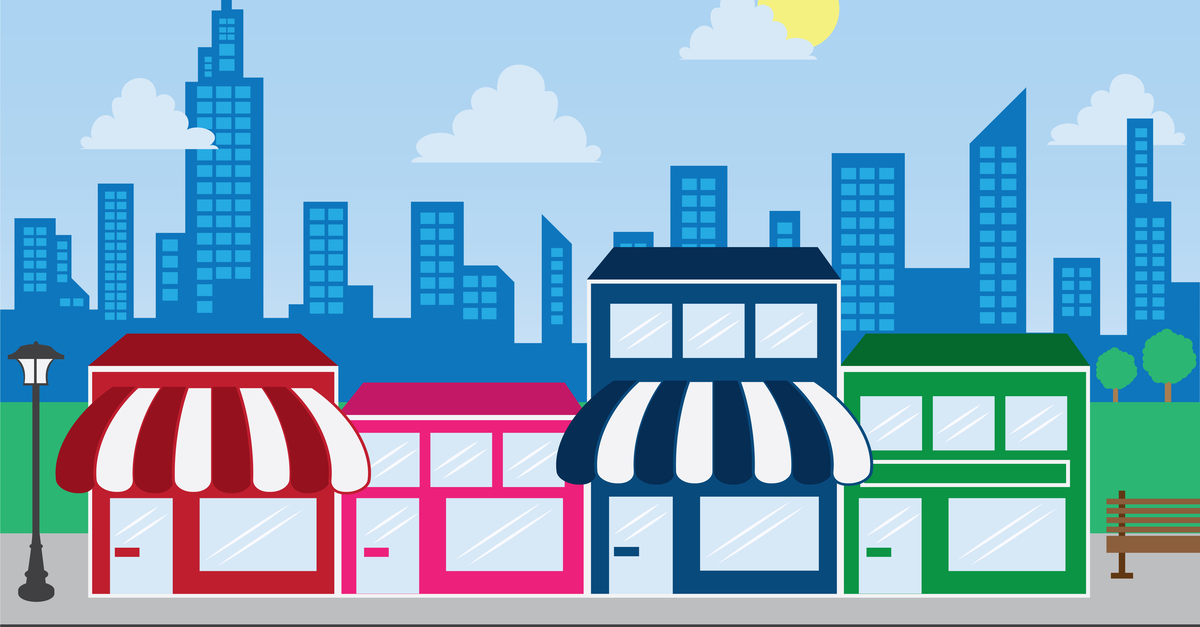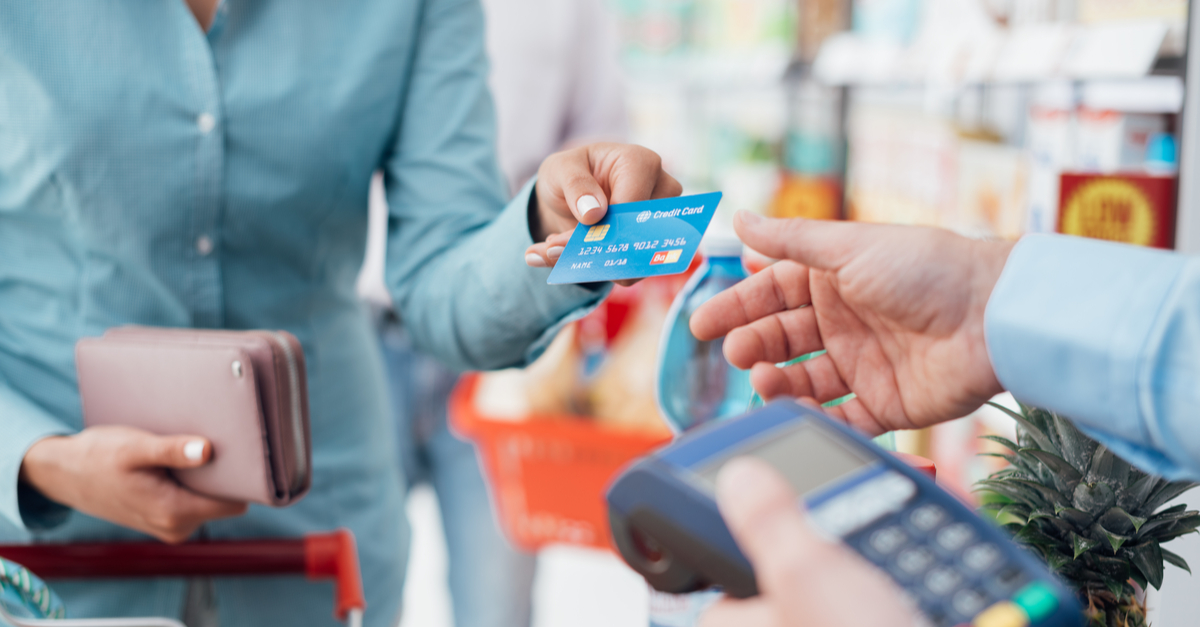Our business originally began as a supplier for small businesses looking to stay competitive in a grounded retail market. We're excited to announce that we have curated a special collection of wholesale products just for retailers. We have small case packs at great prices that allow you to stock your shelves with the things your … Continue reading Introducing Our Retail Catalog
This Is the Front-End Strategy Every Successful Retailer Uses to Boost Revenue
By Elements Magazine The margins on prescriptions are razor-thin and only getting thinner. But the merchandise in your front end is a different story. This is especially true for a particular kind of front-end product called impulse buys—items patients weren’t planning to buy when they walked into the pharmacy but put in their basket on … Continue reading This Is the Front-End Strategy Every Successful Retailer Uses to Boost Revenue
5 Ways Business Owners Have Won over New Customers
When it comes to finding new customers and leads, these business owners swear by these five helpful strategies. Advertising can be prohibitively expensive for smaller companies, and marketing efforts can sometimes seem scattershot. We asked five business owners to share the methods they used for discovering powerful new customer lines that actually worked. These grassroots efforts … Continue reading 5 Ways Business Owners Have Won over New Customers

